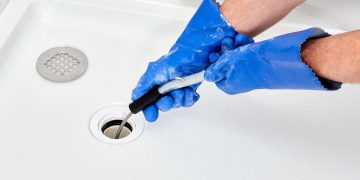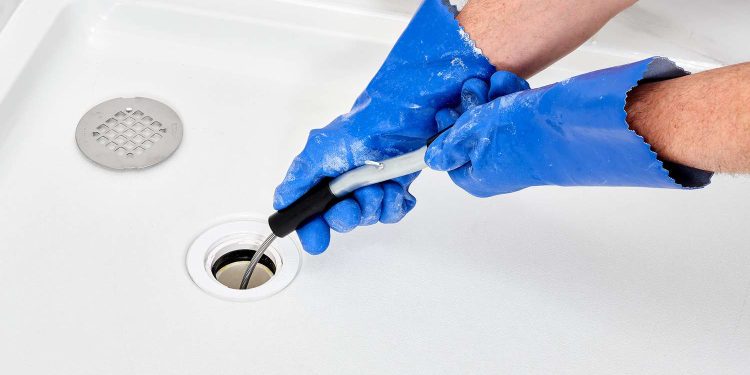A clogged drain can quickly turn from a minor annoyance to a homeowner’s worst nightmare. With the internet brimming with DIY solutions, many feel equipped to tackle the challenge head-on. While a do-it-yourself approach can be commendable and even effective in some scenarios, it also opens the door to a multitude of potential pitfalls. Here’s a deep dive into some frequent drain cleaning blunders that DIY enthusiasts should be wary of, and it’s always a good idea to consult professionals for expert guidance, such as those at Allied Experts.
The Over Reliance on Chemical Cleaners
When Quick Fixes Lead to Long-Term Damage
A trip down the supermarket aisle introduces homeowners to a myriad of chemical drain cleaners, all promising swift and effective clog removal. While they might provide temporary relief, their caustic nature can wreak havoc on your pipes over time. These potent chemicals can corrode older pipes, leading to leaks and even more significant plumbing problems. Moreover, they aren’t the most environmentally-friendly solution, posing threats to the ecosystem when they eventually wash out into waterways. When dealing with persistent clogs or concerns about the impact on your plumbing, it’s advisable to consult professionals, like those at handyman connection site who can provide safer and more sustainable solutions, including flooring services if needed.
Forgetting the Protective Gear
Safety First, Always!
One often overlooked aspect of DIY drain cleaning is personal safety. Whether it’s the splashback of a chemical cleaner or the unexpected gush of stagnant water, cleaning drains can expose individuals to various contaminants. Forgoing protective gear like gloves and goggles might seem inconsequential until one faces an inadvertent chemical splash in the eyes or prolonged skin contact with harmful agents. Ensuring safe practices during drain cleaning is vital, and following guidelines such as those set by the IICRC Standard can help homeowners protect themselves from potential hazards.
Venturing Deep without Proper Tools
The Misadventures of Makeshift Probing
In a bid to reach the heart of the clog, many homeowners resort to improvised tools – unbent coat hangers, extended rulers, or even straightened wires. While creativity in problem-solving is laudable, using ill-suited tools can lead to further complications. There’s the risk of pushing the blockage deeper, making it even harder to resolve. Additionally, sharp or pointed objects can damage the pipe’s internal lining, leading to future vulnerabilities.
Neglecting the P-Trap Exploration
Overlooking the Curves of the Drain
That U-shaped pipe under the sink, commonly known as the P-trap, is a frequent hotspot for clogs, given its design to trap debris. Many DIYers, in their pursuit to clear blockages, overlook this fundamental component. Failing to inspect and clean the P-trap can mean missing out on resolving the very heart of the problem. Moreover, incorrect reassembly after cleaning can lead to leaks, adding another layer of plumbing woes.
Ignoring the Bigger Picture
When the Problem is More than Skin-Deep
Sometimes, frequent clogging might be symptomatic of a deeper, more systemic issue. It could be indicative of tree roots infiltrating sewer lines, or sediment build-up in older pipes, or even structural damage to the plumbing system. By focusing solely on the immediate blockage and not considering recurrent clogs’ underlying causes, homeowners might be putting a band-aid on a wound that requires stitches.
The allure of solving household problems independently is undeniable. It promises quick solutions, cost savings, and that unbeatable sense of accomplishment. However, when it comes to plumbing, especially drain cleaning, a little caution can go a long way. Being aware of these common missteps can help homeowners approach the task with informed confidence, ensuring that their DIY endeavors lead to success rather than further complications. And remember, when in doubt, there’s no shame in calling in the professionals – sometimes, it’s the smartest DIY decision one can make.

























